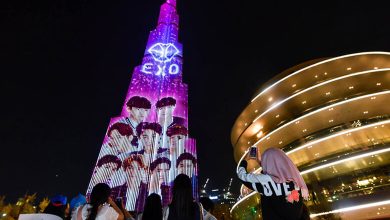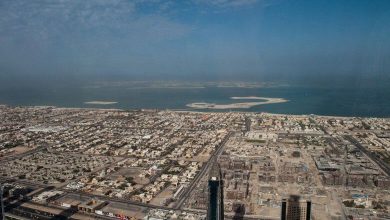
The Empire State Building, which has stood on Manhattan’s Fifth Avenue since its opening in 1931, is a symbol of NYC itself, with over 100 floors built in Art Deco style.
You can find the Empire State Building in the heart of Manhattan on the corner of Fifth Avenue and 34th Street. It is still regarded as a prime illustration of Art Deco architecture and one of the most recognizable structures in the United States.
Built between 1930 and 1931, the structure was designed by Shreve, Lamb & Harmon. The “Empire State” moniker given to New York is where the term came from. The structure is 1,454 feet (443.2 m) in height (including the tower), with the top at 1,250 feet (380 m) above ground.
Before the first World Trade Center skyscraper was completed in 1970, the Empire State Building held the record for the world’s tallest building; after the September 11 attacks in 2001, it held the record for the tallest building in New York City until it was eclipsed in 2012.
In 2022, it will be the ninth-tallest completed tower in the United States, the 54th-tallest in the globe, and the sixth-tallest freestanding skyscraper in the Americas. It will also be New York City’s seventh-tallest building.
The Waldorf-Astoria Hotel opened in 1893 on the location that would later become the Empire State Building in Midtown South, on the western side of the famous Fifth Avenue between West 33rd and 34th Streets. Originally intended to be a tower, the property was purchased by Empire State Inc. in 1929.
Fifteen redesigns of the Empire State Building were necessary to guarantee that it would stand as the tallest structure in the world when it was completed. The building’s foundation was laid on March 17, 1930; its doors first opened on May 1, 1931. Although the building’s development received some positive news, the owners did not turn a profit until the early 1950s due to the Great Depression and World War II.
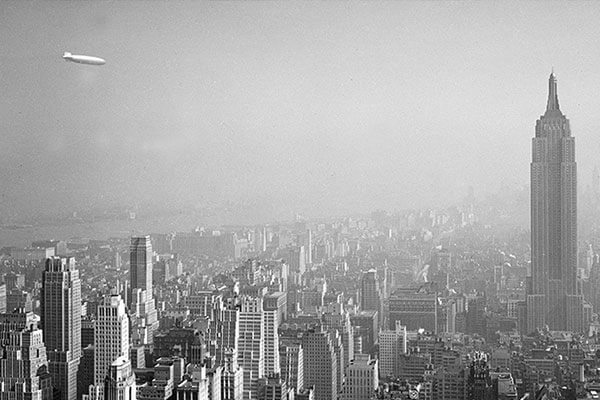
Its Art Deco design, height, and vantage points have made this tower a tourist hotspot. A new interior telescope on the 80th level debuted in 2019, bringing the total number of visitors to the building’s observatories to around four million per year from all over the globe.
Since the premiere of King Kong in 1933, the Empire State Building has been mentioned in more than 250 television shows and films, cementing its status as a cultural landmark recognized around the world. Its dimensions have been adopted as the universal norm for expressing the scale of buildings everywhere.
The American Society of Civil Engineers has recognized the structure, which has become an icon of New York City, as one of the modern Seven Wonders of the World. In 2007, it topped the American Institute of Architects list of the best buildings in the country.
In 1980, the New York City Landmarks Preservation Board named the Empire State Building and its ground-floor interior as municipal monuments, and in 1986, the building was designated to the National Register of Historic Places as one National Historic Landmark.
The architects of the Empire State Building
John J. Raskob and Al Smith were the main architects of the Empire State Building. On paper, the combination of Raskob, a self-made business mogul and former head of the General Motors Corporation finance committee, and Smith, a former governor of New York and a Democrat, seemed odd.
Probably what cemented their relationship was the realization that they both came from poor, immigrant Roman Catholic households. Both Raskob and Smith understood the nuanced hustle required to break into the American spotlight.
Before Smith began work on the Empire State Building in 1929, he hired Raskob to lead the Democratic National Committee and handle his own reelection bid for president in the United States in 1928.
His loss to Republican Herbert Hoover confirmed that voters did not want to jeopardize the country’s economic success in the 1920s by choosing a Democrat, and it also showed that they were hesitant to elect a Roman Catholic who might threaten majority Protestant beliefs.
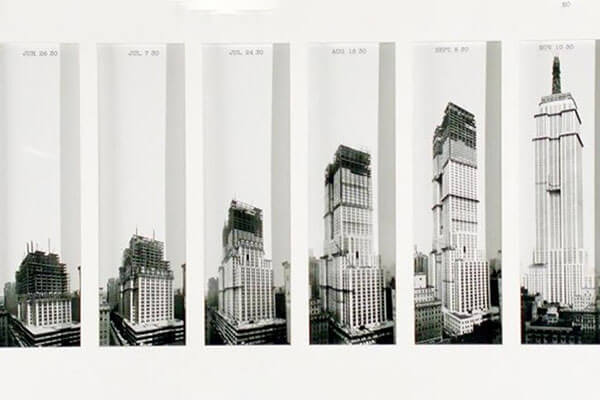
The Empire State Building’s history: From Inception to Icon
There was an intense rivalry at the time of its creation to see which structure could be the world’s tallest. In 1929, the Chrysler Building held the record for the tallest building in the world, but in 1931, the Empire State Building topped it with its 1,250-foot (381-meter) height thanks to its now-iconic tower, which was designed to serve as a docking point for airships.
The original height of the structure was 1,454 feet (443 meters), but in 1950 a 222-foot (68-meter) antenna was added, bringing the overall height to 1,472 feet (449 meters). The antenna was replaced in 1985, bringing the height back down to 1,454 feet (443 meters).
After failing to become president in 1928 and losing his position as governor, Smith found himself unemployed. It is unclear who came up with the idea to construct a high-rise on the site of the original Waldorf Astoria Hotel first, but by the time Raskob and Smith reached midlife, they had come to the conclusion that doing so would be a sensible and sensational combined endeavor.
Raskob would be an essential financier who would also be charged with finding other donors, and Smith would be a popular public face who would be in charge of the initiative.
On August 29, 1929, Smith unveiled designs for the world’s tallest structure following the establishment of the Empire State Building Corporation and his election as its president. Shreve, Lamb & Harmon Partners, the building’s developers, planned for it to have more than 100 floors.
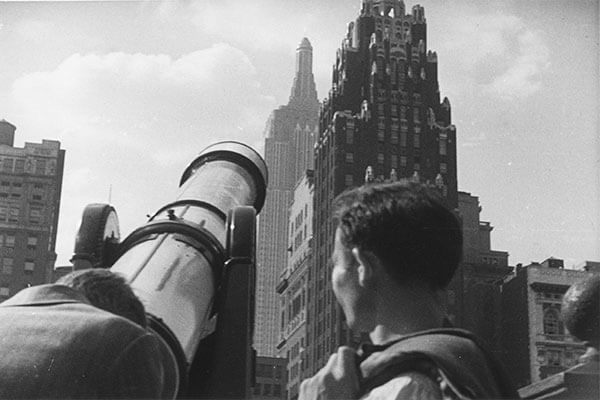
On March 17, 1930, 200 days later, construction finally got underway. However, the Great Depression had already begun by the time building started in March 1930, after Smith had announced the project in August.
Nonetheless, construction activity continued and ultimately proved to be a significant employer in New York City. In 1931, the Empire State Building held its grand opening. The enormous tower was built in a record-breaking 410 days, significantly less time than predicted.
The inauguration of the Empire State Building was overshadowed by the Great Depression, and many of the building’s offices stayed unoccupied for years. It was almost twenty years before the structure started making money!
The architectural style of the Empire State Building
The Empire State Building has become a cultural icon, but when considering the timeline of the building, when precisely did its distinctive style emerge? The Empire State Building was finished in a simplified Art Deco form, which was popular from the 1920s to the late 1930s.
Since Art Deco was a product of the 20th century, it was a progressive design that prioritized characteristics specific to the modern era over those of previous eras. It also used a variety of modern materials, including steel and plate glass, and combined aspects of various architectural styles from different parts of the globe to create its own unique look.
However, art deco’s flare is arguably the most eye-catching feature. Sunbursts, zigzags, and other dramatic forms, often with a graphic, flattened appearance, are hallmarks of Art Deco ornamentation, which is typically rendered in vibrant, metallic colors.

The site and surrounding areas of the Empire State Building
The Empire State Building can be found in Midtown Manhattan, on the west side of Fifth Avenue between 33rd and 34th Streets. Residents of 350 Fifth Avenue access the structure through an Art Deco lobby. The observatories’ foyer on Fifth Avenue was closed to the public in August 2018, and since then, tourists have been using the door at 20 West 34th Street.
Despite its location in South Midtown, a neighborhood with a blend of residential and business uses, the building is so big that it has been given its own ZIP Code, 10118; as of 2012, it is one of only 43 buildings in New York City to be so honored.
Macy’s at Herald Square, located at Sixth Avenue and 34th Street, and Koreatown, located on 32nd Street between Madison and Sixth Avenues, are just a couple of the many attractions in the regions encircling the Empire State Building.
Murray Hill is located to the east of the Empire State Building and is a residential, business, and leisure hub. The Demarest Building is close across Fifth Avenue to the east, and the B. Altman and Company Building is home to the City University of New York’s Graduate Center on the block to the northeast.
One block to the west is the 34th Street-Herald Square stop on the New York City Subway, and two blocks to the east are the 33rd Street at Park Avenue station.

How did the Empire State Building become the icon of New York City?
The Empire State Building has grown into an indelible icon of New York City, recognized around the world and by New Yorkers alike, despite its sluggish start and ultimate dethroning from the world record it was constructed to take.
There are two observatories on the 86th and 102nd levels and a tiny observation deck on the alleged 103rd story. Millions of people tour the observatories annually, and since 1994, one lucky couple has won an exclusive Valentine’s Day wedding service at the 86th-floor observatory by entering a yearly contest!
Some of the most romantic films of the 20th century featured the Empire State Building, which may have inspired the competition. Star-crossed lovers in the films Love Affair (1939) and An Affair to Remember (1957) famously arrange to meet again at the summit of the Empire State Building.
The Empire State Building has appeared in many works of popular culture, from the film King Kong (issued in 1933, shortly after the building’s inauguration) to television shows and comic books. The Empire State Building is honoring the building’s universal influence in pop culture with an exhibit that includes a montage of hundreds of appearances of the tower in media such as movies, video games, comics, and more.

